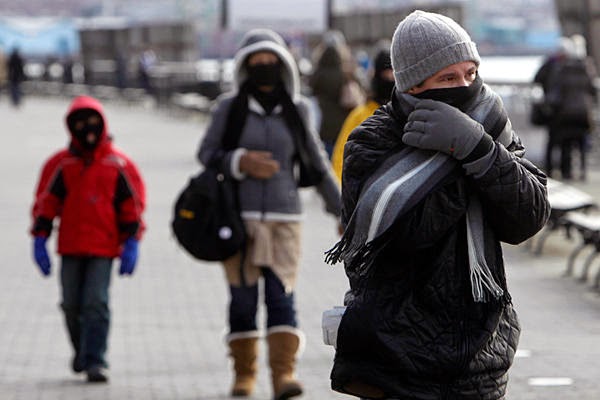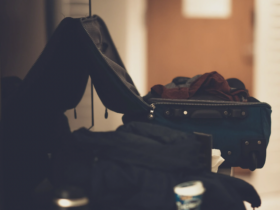There are times when we prefer to visit colder areas, such as those near the poles or higher grounds. There are many ways to anticipate for the colder weather, such as the layered clothing system. This is the basic strategy to lessen the impact of the elements on our enjoyment. Without proper clothing, we may end staying in our hotel room with runny nose and headaches.

Those who travel to colder areas should acknowledge the fact they are visiting areas with much lower temperatures. We should also choose hotels with proper heating system and we should make sure that our sleep at night is comfortable with chattering teeth. Generally speaking, we should wear at least four layers of clothing when we travel at very cold locations.
- Base layer: Base layer touches our skin directly and it should be an absorbent material to remove traces of sweat from our skin. The base layer should be made from cotton or other moisture-absorbing materials. This is particularly important when we need to perform various aerobic activities.
- Insulating layer: The insulating layer should work well to trap our body heat. It could be made from thicker material made from tightly knit synthetic materials. Goose down could also provide the best insulating property and it should be able to retain heat very efficiently. However, goose down could lose its insulating ability if it gets wet, so we should choose synthetic materials if we are not too sure. Alternatively, we could combine goose down and synthetic clothing underneath. Polyester should provide a much better insulation for both heat and moisture from the body, when we sweat occasionally due to improved physical activity. Fleece is another alternative for insulating layer and it should be made entirely from wool. It is preferable to choose, natural, odor-free wool for the insulating layer.
- A couple of outer layers: There are a couple of outer layers that we wear. They should provide us additional protection against coldness, wind and rain. In general, we should make sure that our outer clothing layer could be fitted perfectly. They should be roomy enough and provide good breathability. As an example, the outermost layer should be water resistant and it should prevent the inner layers from getting wet.
The outer layer should be properly waterproofed with waterproof zippers and taped seams. There also hard shell models that can provide great protection. The inner part of our clothing should be essentially soft-shell jackets and they should also be waterproofed to protect the insulating layers against any occasional drips of water. With layered clothing, we should be able to adapt to the existing weather conditions.
In general, our layered clothing could be made very flexible and we may add more layers if we feel that the four-layer arrangement isn’t warm enough due to the exceptionally strong wind and cold weather. In any case, we should add layers to get warm and peel off layers to cool down. In fact, there is a danger of getting overheated and we should make sure that we don’t get sweaty.























